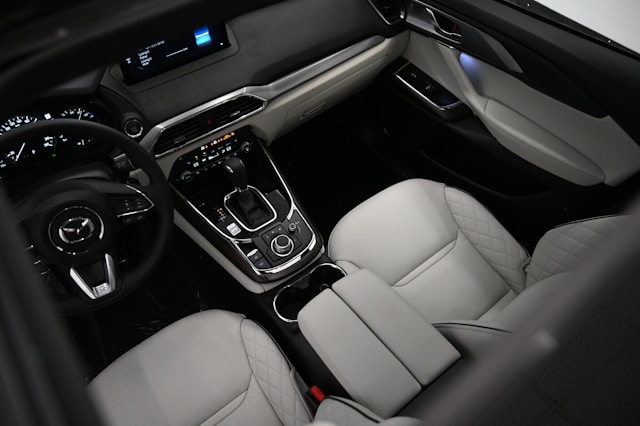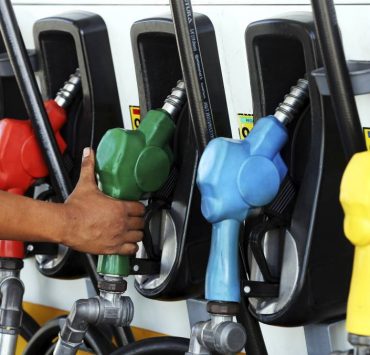Keeping your car’s air-con fit to fight the searing heat

This summer season is a record-breaker for all the wrong reasons.
The heat index, which is a measure of air temperature and relative humidity, is reaching “danger” levels in various parts of the country. Prolonged exposure could cause cramps, heat exhaustion or, worse, heat stroke.
This is why air-conditioners have become vital in homes, establishments and workplaces. Cars have had air-con for decades, but strangely enough, these are among the most neglected parts of the car (until the air coming out of the vents isn’t cold anymore).
Here are ways you can keep your car’s air-con in good shape.
Maintenance is a must
Just because your air-con blows cold doesn’t mean you should ignore basic maintenance.
Your vehicle’s owner’s manual indicates intervals for cleaning the system, as well as for checking on the refrigerant. Many owners also forget that, similar to home air-cons, car air-cons have cabin filters that could degrade performance when they get clogged.
And woe betide those who ignore this – replacing the compressor, drier, evaporator and other air-con components can easily hit five figures just for the parts. And if you have a dual air-con system (as seen in vans and Asian Utility Vehicles), you’ll be tossing out thousand-peso bills like no tomorrow.
Have a good cooling system
Your car’s air-con system is also connected to your engine’s cooling system.
All vehicles have a radiator that lets air pass through fins to remove the heat from a liquid called coolant. Helping the radiator out is the water pump, thermostat, cooling fan and fanbelts.
Given the tremendous heat, these components are working overtime this summer season to keep everything cool. Apart from a rising temperature gauge, another sign of a malfunctioning cooling system is decreased air-con performance.
Cooling system defects, such as overheating, can be remedied by replacing the aforementioned components. Changing the coolant at the designated intervals also prevents damage to your car’s cooling system.
Use quality tint
Vehicle tint is more than just for keeping sunlight from blinding you.
Tint film reflects much of the heat and ultraviolet (UV) rays that stress your car’s air-con. And although using darker tint is more effective, it could be dangerous, especially when you’re driving without daylight.
But nano-ceramic car tints that have gotten cheaper over the last decade, so even clear films offer superb heat and UV light rejection without making you blind at night.
Set the right temperature
Unless you are a polar bear, there is no need to constantly crank the thermostat down to “Low.”
The coldest setting is imperative in very hot weather. But if you’re driving at night or in the rain, turning the temperature up a bit will not only prevent you from getting a cold, but also prolong the life of your air-con system.

















